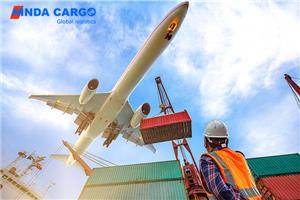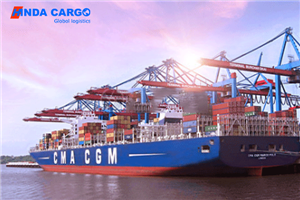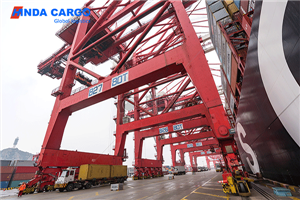What is the maximum weight limit for air freight?
When transporting goods by air, it is very important to understand the maximum weight limit for air freight. This article will explore the maximum weight limit for air freight and related details to help you better plan and arrange the transportation process of your goods.
What is the maximum weight limit for air freight?
The maximum weight limit for air freight depends on the airline you choose. Generally speaking, each airline has its own regulations and restrictions. Normally, the gross weight of each shipment is between 100 and 500 kg. This means that if the weight of your goods exceeds this range, you may need to consider other modes of transportation or comply with the airline's special regulations and restrictions.
When choosing air freight as a mode of cargo transportation, it is crucial to understand and comply with the airline's maximum weight limit regulations. This not only ensures that your goods are delivered smoothly, but also avoids additional costs or transportation delays caused by overweight. Therefore, before arranging cargo air freight, be sure to communicate with the airline, understand their specific regulations, and pack and arrange the goods according to the actual situation.
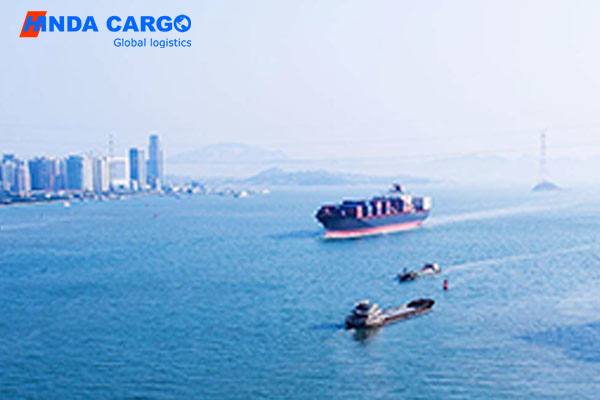
What is the impact of the maximum weight limit of air freight on trade?
The maximum weight limit of air freight directly affects the conduct of global trade and the efficiency of cargo transportation. Despite the restrictions, air freight remains the preferred mode of transport for many goods, especially for light, expensive and urgent goods. Therefore, the maximum weight limit of air freight is crucial to meet market demand and ensure the smooth flow of supply chains. Airlines and freight forwarders continue to adjust and optimize services to meet the growing transportation needs of customers, driving the development and prosperity of global trade.
What is the treatment of overweight air freight?
If the weight of your goods exceeds the maximum weight limit set by the airline, you can still choose to ship it by air. However, you need to comply with the airline's special regulations and restrictions. Generally speaking, overweight goods may be treated as special goods and may be subject to additional fees. In addition, the airline may require you to take special packaging and handling methods to ensure the safe transportation of the goods.
Here are the ways to deal with overweight air freight:
1. Charge additional fees: The airline may charge customers additional overweight fees, the amount of which depends on factors such as overweight and voyage.
2. Rearrange: In some cases, the airline may recommend splitting the overweight goods into multiple batches for transportation, or recommend other modes of transportation, such as sea or land transportation.
3. Special arrangements: For special circumstances or emergencies, airlines may negotiate special arrangements with customers to ensure that the goods arrive at the destination in time.
4. Refusal to carry: In extreme cases, airlines may refuse to carry overweight goods and ask customers to find other modes of transportation.
When the goods are overweight, it is very important to communicate with the airline in a timely manner and seek solutions to avoid unnecessary delays and increased costs.
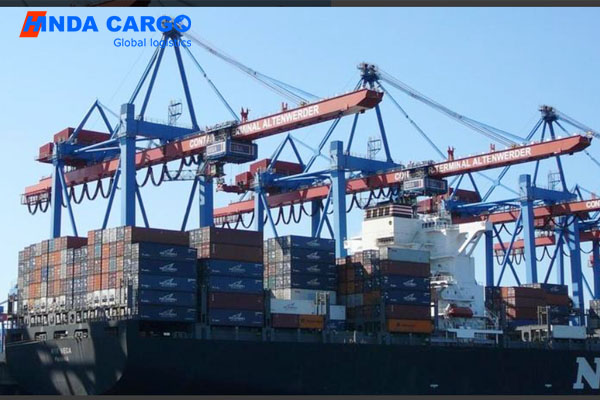
How to avoid overweight air cargo?
To avoid overweight air cargo, you can take the following measures:
1. Plan ahead: Before arranging the transportation of goods, carefully evaluate the weight of the goods and choose the appropriate packaging and transportation methods.
2. Understand the airline regulations: Before choosing an airline, understand their maximum gross weight regulations and package and arrange the goods according to the actual situation.
3. Fine packaging: Take effective packaging measures, such as choosing lightweight but sturdy packaging materials, to reduce the weight of the goods.
4. Split batches: If the goods exceed the maximum gross weight limit, you can consider splitting the goods into multiple batches for transportation to ensure that each batch of goods is within the specified range.
5. Communicate with the airline: Communicate with the airline in a timely manner to understand their policies and suggestions so that you can get timely help and solutions when the cargo is overweight.
Conclusion
Understanding the maximum weight limit of air transportation and the related handling methods and precautions is essential for the transportation planning and arrangement of cargo. By complying with the regulations and restrictions of the airline and taking appropriate measures, you can ensure that the cargo is transported smoothly and safely by air to meet your transportation needs.


